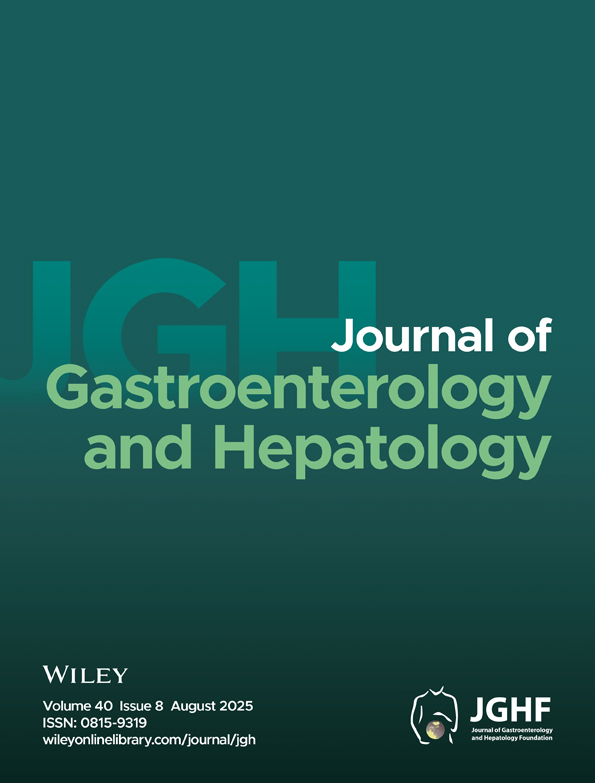Gastrointestinal: Atrophic gastritis and antral intestinal metaplasia
Contributed by W Tam and IC Roberts-Thomson, Departments of Gastroenterology, Hepatology and General Medicine, Royal Adelaide Hospital, Adelaide 5000 and Department of Gastroenterology and Hepatology, The Queen Elizabeth Hospital, Woodville South, South Australia 5011, Australia.
Contributions to the Images of Interest section are welcomed and should be submitted to Professor IC Roberts-Thomson, Department of Gastroenterology and Hepatology, The Queen Elizabeth Hospital, Woodville South, South Australia 5011, Australia.
© 2002 Blackwell Publishing Asia Pty Ltd Reproduction of color photographs has kindly been sponsored by a grant from AstraZeneca.
In 1973, Drs Strickland and Mackay from Melbourne described two forms of atrophic gastritis, autoimmune atrophic gastritis (type A) and non-autoimmune atrophic gastritis (type B). The former was associated with atrophic gastritis in the body of the stomach, low or absent gastric acid secretion, and the presence in serum of parietal cell antibodies and an elevated level of gastrin. In contrast, non-autoimmune atrophic gastritis was largely located in the antrum of the stomach and was thought to be caused by environmental factors such as smoking, diets high in salt and low in fruit and vegetables, and the excessive reflux of bile into the stomach. Subsequent studies showed that an additional factor was chronic infection with Helicobacter pylori.
Metaplasia is a change in the type of cells in a tissue to a form that is not normal for that tissue. In intestinal metaplasia in the stomach, intestinal epithelium replaces the surface, foveolar and glandular epithelium of the body and/or antrum. This can be categorized as complete (type I) or incomplete (types II and III). In incomplete intestinal metaplasia, goblet cells are interspersed among gastric-type mucin cells, and one form (type III) has been associated with an increased risk of gastric cancer. Unfortunately, endoscopic features do not reliably differentiate metaplastic atrophic gastritis from acute and chronic gastritis (without atrophy). Nevertheless, the antrum is mildly abnormal in most patients with atrophic gastritis, usually with patchy erythema and minor nodularity as shown in Fig. 1. In this patient, antral biopsies revealed extensive intestinal metaplasia and mild dysplasia. Helicobacter pylori had been successfully eradicated 6 years previously. Another appearance is that of whitish plaques close to the pylorus that give the impression of a villiform appearance as shown in Fig. 2. Biopsies showed complete intestinal metaplasia (type I), a form which has not been associated with cancer.




